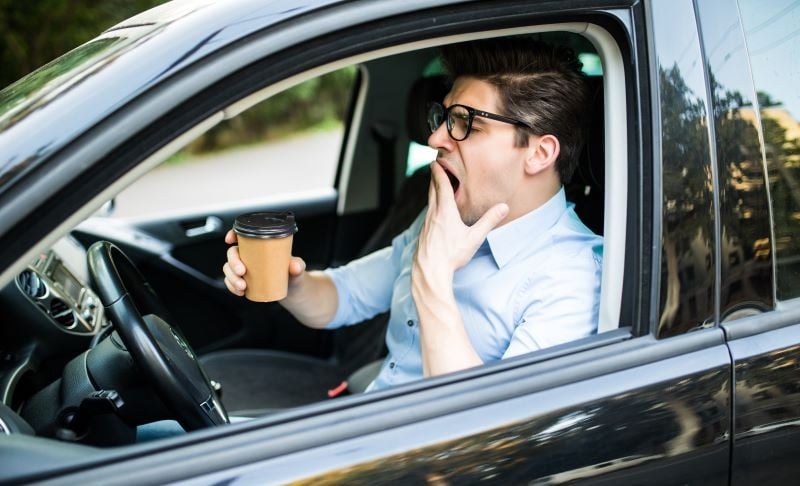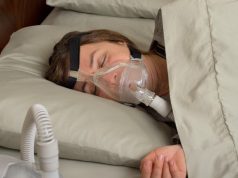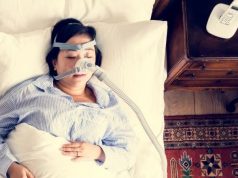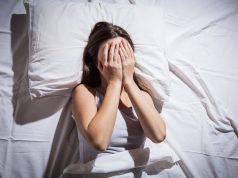Individuals using more than three strategies more likely to feel sleepy while driving, have more reported accidents
By Elana Gotkine HealthDay Reporter
MONDAY, Jan. 22, 2024 (HealthDay News) — Individuals with untreated obstructive sleep apnea syndrome (OSAS) often use coping strategies against fatigue, and those who use more than three coping strategies are more likely to feel sleepy while driving, according to a study published online Jan. 17 in ERJ Open Research.
Akshay Dwarakanath, from the Leeds Teaching Hospitals NHS Trust in the United Kingdom, and colleagues assessed various potential coping strategies that might be used against fatigue and compared them between OSAS patients and controls and with sleepiness in general, specifically while driving. A total of 119 untreated OSAS patients and 105 controls matched for age and driving experience were recruited. All completed a questionnaire, which included 10 questions about various coping strategies that might be adopted to avoid sleepiness and a history of incidents while driving.
The researchers found that 29.4 percent of OSAS patients used more than three coping strategies frequently. Compared with OSAS patients who used fewer than three strategies, those who used more than three strategies had worse Epworth Sleepiness Scale scores (17 ± 4 versus 12 ± 5), were more likely to feel sleepy while driving (10 ± 8 versus 5 ± 7), and had more reported accidents (22.85 versus 2.38 percent). No differences were seen in patient demographics, severity of OSAS, driving experience, or episodes of nodding at the wheel and reported near-miss events.
“Asking about these strategies in the clinic may help doctors identifying patients who are at risk of driving incidents and to advise appropriately,” Dwarakanath said in a statement.
Copyright © 2024 HealthDay. All rights reserved.








